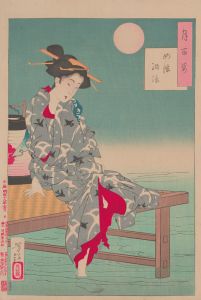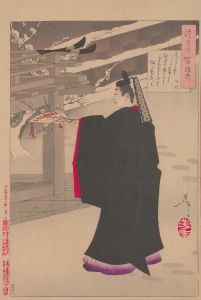
Oda Udaijin Taira no Nobunaga in Flames at the Temple Honnōji
A hand-painted replica of Tsukioka Yoshitoshi’s masterpiece Oda Udaijin Taira no Nobunaga in Flames at the Temple Honnōji, meticulously crafted by professional artists to capture the true essence of the original. Each piece is created with museum-quality canvas and rare mineral pigments, carefully painted by experienced artists with delicate brushstrokes and rich, layered colors to perfectly recreate the texture of the original artwork. Unlike machine-printed reproductions, this hand-painted version brings the painting to life, infused with the artist’s emotions and skill in every stroke. Whether for personal collection or home decoration, it instantly elevates the artistic atmosphere of any space.
Tsukioka Yoshitoshi (1839–1892) was a prominent Japanese ukiyo-e artist known for his innovative and dramatic woodblock prints, particularly during the late Edo and early Meiji periods. One of his works, Oda Udaijin Taira no Nobunaga in Flames at the Temple Honnōji, depicts a pivotal moment in Japanese history: the death of Oda Nobunaga at Honnō-ji in 1582.
Oda Nobunaga (1534–1582) was a powerful daimyo during the Sengoku period, a time of intense military conflict and political upheaval in Japan. He is remembered for his efforts to unify the country and for his innovative military strategies. However, his life came to a dramatic end in what is known as the Incident at Honnō-ji. On June 21, 1582, Nobunaga was betrayed by one of his generals, Akechi Mitsuhide, who launched a surprise attack on Honnō-ji, a temple in Kyoto where Nobunaga was staying. Surrounded and outnumbered, Nobunaga chose to commit seppuku (ritual suicide) rather than be captured.
Yoshitoshi’s artwork captures the intensity and drama of this historical event. The print portrays Nobunaga amidst the flames of the burning temple, emphasizing the chaos and tragedy of the moment. Yoshitoshi was known for his ability to convey emotion and movement in his works, and this piece is no exception. The use of vivid colors and dynamic composition draws the viewer into the scene, highlighting Nobunaga’s resolve and the ferocity of the betrayal.
This print is part of Yoshitoshi’s broader body of work, which often explored historical and legendary themes. His art reflects a deep interest in the human condition, as well as a fascination with the dramatic and the macabre. Yoshitoshi’s works were created during a time of significant cultural and technological change in Japan, as the country transitioned from the feudal Edo period to the modern Meiji era. His ability to blend traditional ukiyo-e techniques with new artistic influences has cemented his reputation as one of the last great masters of the ukiyo-e tradition.
While the exact date of the creation of Oda Udaijin Taira no Nobunaga in Flames at the Temple Honnōji is not specified, it is consistent with Yoshitoshi’s style and thematic focus during the later years of his career. The piece serves as both a historical narrative and a testament to Yoshitoshi’s skill as an artist.






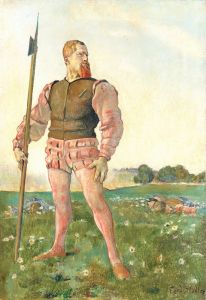
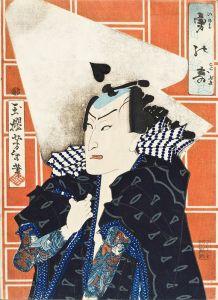
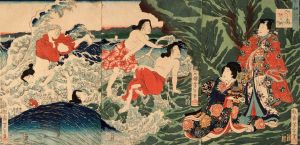
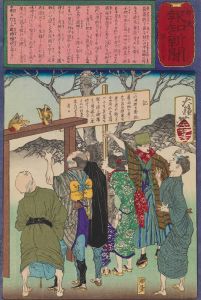
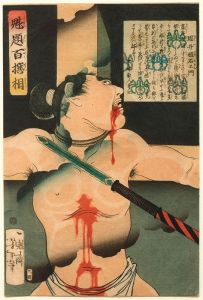
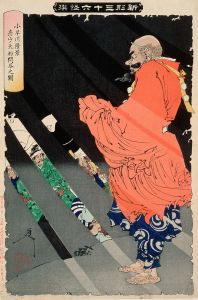
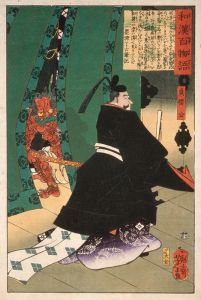
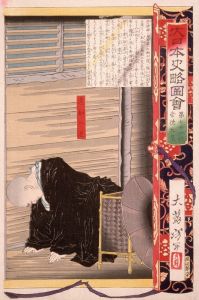
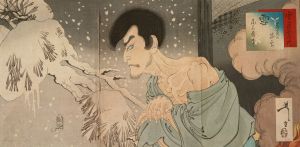
![Musha]taira no tomomori](/imgs/225657/s/tsukioka-yoshitoshi-mushataira-no-tomomori-bb591b96.jpg)
